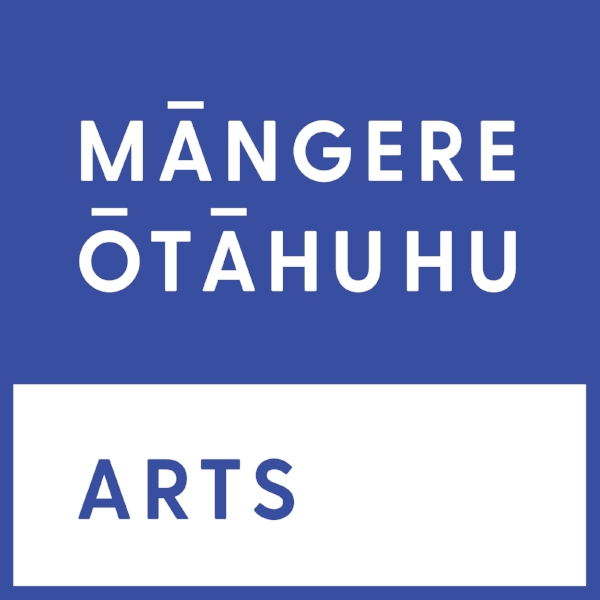Wharenui Whakairo Ōtāhuhu College
Creator: Jay Mason (Ngāti Awa), Ōtāhuhu College Students
Artform: Māori Carving
Timeframe: 2024-2025.
Location: Ōtāhuhu College
The wharenui is a central symbol in Māori culture, representing the physical manifestation of an ancestor and a place of gathering, learning, and unity. The maihi and amo are critical structural and symbolic components of the wharenui, each carrying deep cultural significance. The maihi symbolizes the arms of the ancestor welcoming visitors, while the amo represents the legs, grounding the structure in the earth.
Objectives:
Cultural Preservation: To preserve and pass on traditional Māori carving techniques and knowledge.
Community Engagement: To involve the mana whenua, local community in the creation and celebration of the wharenui.
Spiritual and Cultural Significance: To create a space that embodies the spiritual essence of Māori ancestors and provides a gathering place for cultural practices.
The project will involve the selection of suitable tōtara, followed by the intricate carving of the wharenui, maihi, and amo by skilled carvers The work will be conducted in close consultation with local iwi to ensure cultural accuracy and integrity.
Selection of Tōtara Wood: Identify and harvest tōtara trees in a sustainable manner, with respect to the environment and cultural practices.
Carving Process: Skilled carvers will shape the wood into the desired forms, incorporating traditional Māori motifs and designs that are specific to the iwi and wharenui.
Installation: The completed carvings will be installed on the wharenui, with community involvement in the process.
Community Events: Host educational workshops and ceremonies to engage the community and share the significance of the carvings.
Key milestones include:
Month 1: Selection tōtara wood and preparation
Month 2-7: Carving of wharenui, maihi, and amo
Month 8: Installation of carvings
Month 9: Community celebration and dedication ceremony







